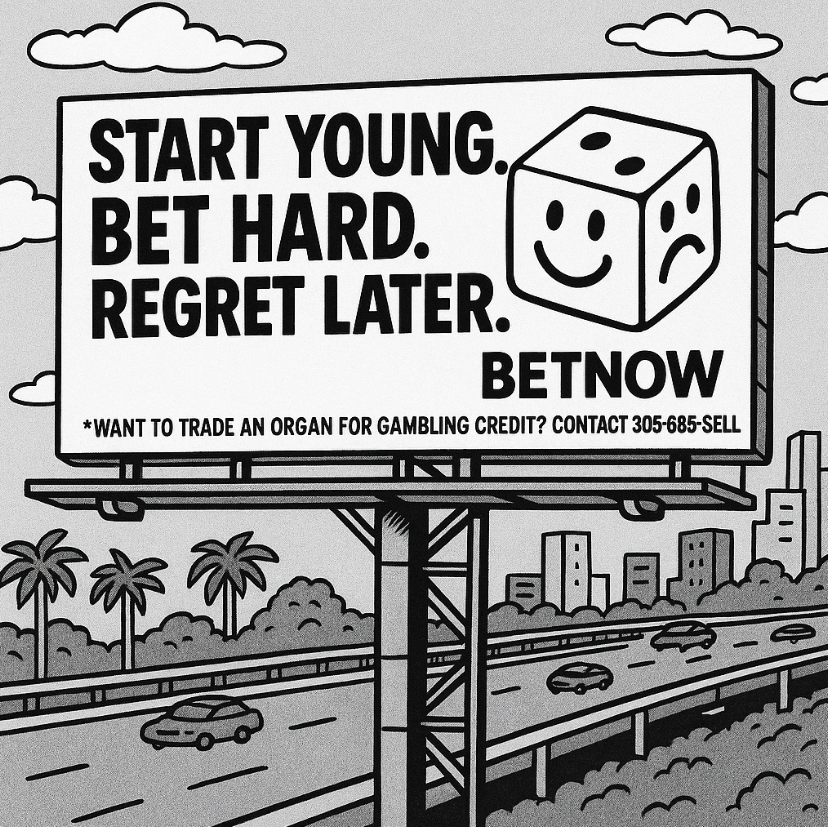The dynamics of tipping culture have changed dramatically in recent years. Some feel pressured to tip in all cases, driven by the belief that a worker’s well-being hinges on their generosity. But tipping is not always required, or even recommended. Here is a guide for when—and when not—to tip.
Restaurants: Have you ever wondered why we tip at restaurants? Historically, it began as a token of appreciation for good service. Over time, however, especially in the U.S., it has evolved into an almost obligatory practice, because many service workers rely on tips to supplement their often below-minimum wage earnings. Picture this: if a waiter’s hourly rate is $10, their employer accounts for tips to meet their minimum wage, which, in Florida, is $12/hour. However, at most restaurants, the entirety of the tip doesn’t go to the person serving you. It is split up between the bussers, bartenders, hostesses, and other support staff.
So, now that we know why we tip, we need to know what we tip at restaurants. Now, let’s be clear: we are talking about sit-down full-service restaurants. Chipotle-style or fast-food restaurants don’t count. We’ll get to those later. The average tip in the U.S. falls between 15 – 20%. However, a 15% tip is truly bare minimum. Our recommendation: 18 – 25%. If you receive a bit below average service, 18% is appropriate. If the waiter checks all the boxes (order is right, waiter forms connection, checks on you), 20% is customary. If the waiter does anything to go above and beyond their typical duties in order to make your experience dramatically better, 25% is the way to go. The bottom line is this: if you are able to afford a meal out, then you must be able to afford an appropriate tip. If not, don’t go out.
Food Deliveries: the newest innovation in the restaurant space. The pandemic marked the true start of this frenzy. Tips are more important than you might think in this industry, with drivers reporting they make up to 50% of their weekly earnings from tips alone. However, the methodology is not the same as tipping in restaurants. Drivers aren’t working harder for “larger parties” or going an extra mile to make your meal. Their task is simple: deliver the food from the restaurant to the diner. With that in mind, a flat rate is recommended. This is anywhere from $3 – $8, depending on the distance, timeliness, and size of the meal. Use your best judgement here: if it’s a meal for 1 that is 15 minutes from the restaurant, $3 will suffice. However, for a family of 6 with a 45 minute delivery time, somewhere in the upper range is recommended.
Self/Minimal Serve Food Establishments: now for the nitty gritty. That feeling when the tablet flips around and asks you for a 20% tip for a self-service establishment can be perplexing. In these scenarios, the tipping culture varies. For places like coffee shops, ice cream parlors, or smoothie bars, tipping is not expected but appreciated. These establishments typically pay their employees above minimum wage, so tips are seen as a bonus for good service. A tip of $1 or rounding up your total is a nice gesture, especially if the employee adds a personal touch, like making latte art or remembering your regular order.
Miscellaneous Services: Beyond food service, tipping extends to many other areas like housekeeping, hairdressers, masseuses, and more. In these sectors, tipping is a way to show appreciation for personal service. Essentially, these are luxuries that you are splurging on. If you are comfortable paying for the service, you should be comfortable paying for the tip. For instance, it’s customary to tip your hairdresser 15-20% of the service cost, and for taxi drivers, 10-15% of the fare is standard. In hotels, leaving a few dollars per day for housekeeping is a thoughtful way to acknowledge their work in maintaining your room.
Sometimes, tipping isn’t just about money. Writing a positive review, recommending the service to friends, or even a sincere thank-you can be equally valuable. These gestures can make a significant difference, and in some circumstances can hold more value than a monetary tip. Remember, a tip, whether monetary or not, is a reflection of your appreciation for someone’s effort and service.





